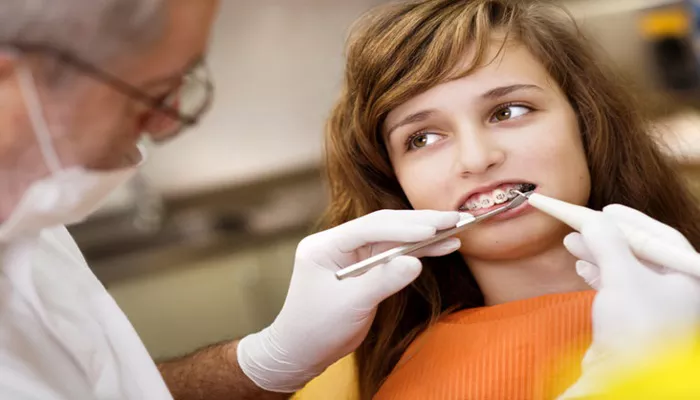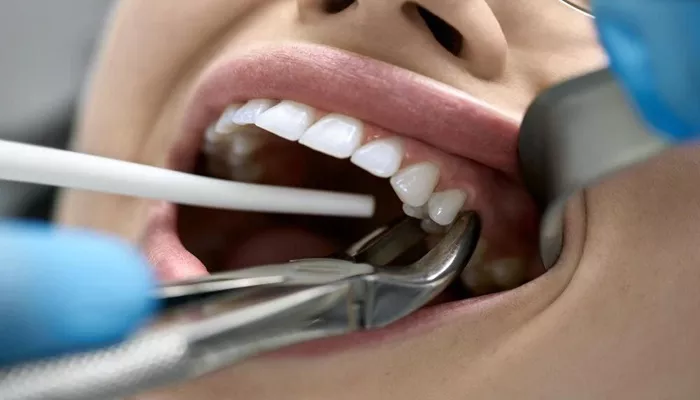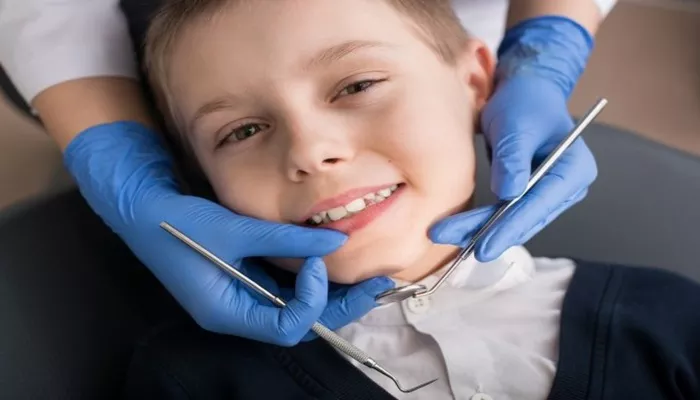tooth extractions cost
1. Simple Extraction Cost
A simple extraction, which is typically performed under local anesthesia, is usually less expensive than surgical extractions. The average cost of a simple tooth extraction can range from $75 to $300 per tooth, depending on factors like the dentist’s experience and location. In some areas or with certain dental insurance plans, this cost can be lower.
2. Surgical Extraction Cost
Surgical extractions are more complex and involve a longer procedure. They typically cost more due to the additional expertise and time required. The price for a surgical extraction can range from $150 to $650 per tooth. This price range can increase if sedation or general anesthesia is needed. In cases where wisdom teeth or impacted teeth are involved, surgical extractions may cost up to $1,000 or more per tooth.
3. Wisdom Teeth Extractions
Removing wisdom teeth can be more expensive due to their location and the potential complexity of the procedure. The cost for the extraction of a single wisdom tooth can range from $225 to $600 or higher. If the teeth are impacted or require surgical intervention, the cost could be upwards of $2,000 for the full set of four wisdom teeth.
4. Tooth Extraction with Bone Grafting or Other Additional Procedures
Sometimes, additional procedures are required alongside extractions, such as bone grafting, especially if the extraction site is to be prepared for an implant. Bone grafting can add another $200 to $1,200 to the overall cost.
5. Insurance and Financing Options
Dental insurance may cover a portion of the cost of tooth extractions, particularly if the extraction is deemed medically necessary. However, coverage for dental extractions may vary based on the policy and whether the extraction is considered preventive or emergency care. Patients can check with their insurance provider for specific details.
For patients without insurance, many dental offices offer financing plans or payment options to help make the procedure more affordable. Some offices also offer discounts for paying out-of-pocket or paying upfront.
tooth extractions after care
1. Immediate Aftercare (First 24 Hours)
The first 24 hours after a tooth extraction are crucial for the healing process. Here’s what you should do:
Bite on Gauze: Immediately after the extraction, the dentist will place a gauze pad over the extraction site to help stop any bleeding. Keep biting gently on the gauze to apply pressure. Change the gauze every 30-45 minutes for the first few hours, or until the bleeding subsides.
Avoid Touching the Area: Do not touch the extraction site with your fingers or tongue, as it could disrupt the blood clot and cause further bleeding or infection.
Manage Bleeding: Some bleeding after a tooth extraction is normal, but it should gradually stop within a few hours. If bleeding persists or is excessive, contact your dentist or oral surgeon.
Rest: Avoid strenuous activities for the first 24 hours to prevent additional stress on the extraction site and to help blood clot formation.
Cold Compress: To reduce swelling and discomfort, apply a cold compress to the outside of your face near the extraction site for 15-20 minutes every hour while awake.
2. Managing Pain and Swelling
It’s common to experience some pain and swelling after a tooth extraction, especially if it was a surgical extraction. Here’s how to manage it:
Pain Relief: Over-the-counter pain relievers like ibuprofen or acetaminophen can help reduce pain and inflammation. Follow your dentist’s recommendations regarding dosage and avoid taking medications with aspirin, as it may increase bleeding.
Swelling: Swelling typically peaks 48-72 hours after the extraction. Applying a cold compress for the first 24-48 hours can help. After this period, you may switch to a warm compress to help reduce swelling.
Avoid Heat: For the first 24 hours, avoid using heat or hot foods and drinks, as this can increase swelling and discomfort.
3. Oral Hygiene and Cleaning
Maintaining good oral hygiene is essential for preventing infection and promoting healing:
Avoid Brushing Directly on the Extraction Site: For the first 24-48 hours, avoid brushing or flossing near the extraction site to prevent disturbing the blood clot.
Salt Water Rinse: After 24 hours, gently rinse your mouth with warm salt water (1 teaspoon of salt in a glass of warm water) to help keep the area clean. Rinse gently to avoid dislodging the clot.
Continue Brushing and Flossing: Keep up with your regular oral hygiene routine, but avoid the extraction site.
4. Eating and Drinking
After a tooth extraction, you should take special care when eating and drinking:
Soft Foods: Stick to soft foods like soups, mashed potatoes, yogurt, and smoothies for the first few days. Avoid anything hard, crunchy, or chewy that could irritate the extraction site.
Avoid Straws: Refrain from using a straw for at least 24-48 hours after the extraction. The suction can dislodge the blood clot and cause a painful condition known as “dry socket.”
Stay Hydrated: Drink plenty of water, but avoid alcohol or caffeinated drinks, as they can dehydrate you and interfere with healing.
5. Signs of Complications
While most tooth extractions heal without incident, it’s important to be aware of any signs of complications:
Infection: Symptoms of infection include fever, persistent pain, pus discharge from the extraction site, or increased swelling that doesn’t subside after a few days.
Dry Socket: If the blood clot dislodges or dissolves prematurely, you may experience intense pain, particularly a few days after the extraction. If this happens, contact your dentist immediately. Dry socket can be treated by your dentist or oral surgeon, but it requires prompt attention.
Excessive Bleeding: If you experience persistent or heavy bleeding that doesn’t stop after the first few hours, or if it worsens, seek professional help immediately.
6. Follow-Up Appointments
After the extraction, your dentist may schedule a follow-up appointment to ensure that the extraction site is healing properly. During this visit, your dentist will check for any signs of infection, evaluate the healing process, and remove any sutures if necessary.



